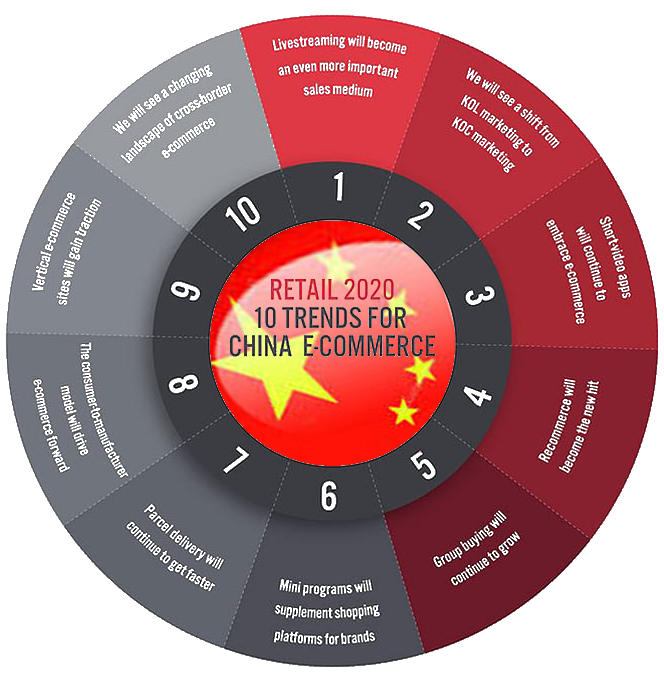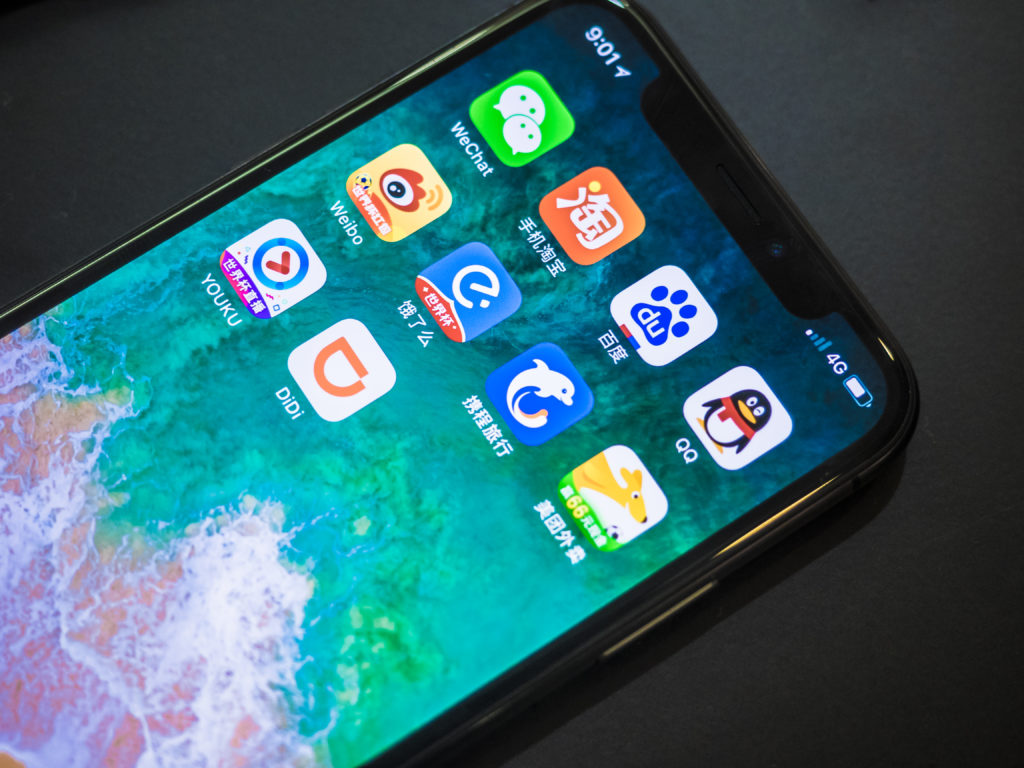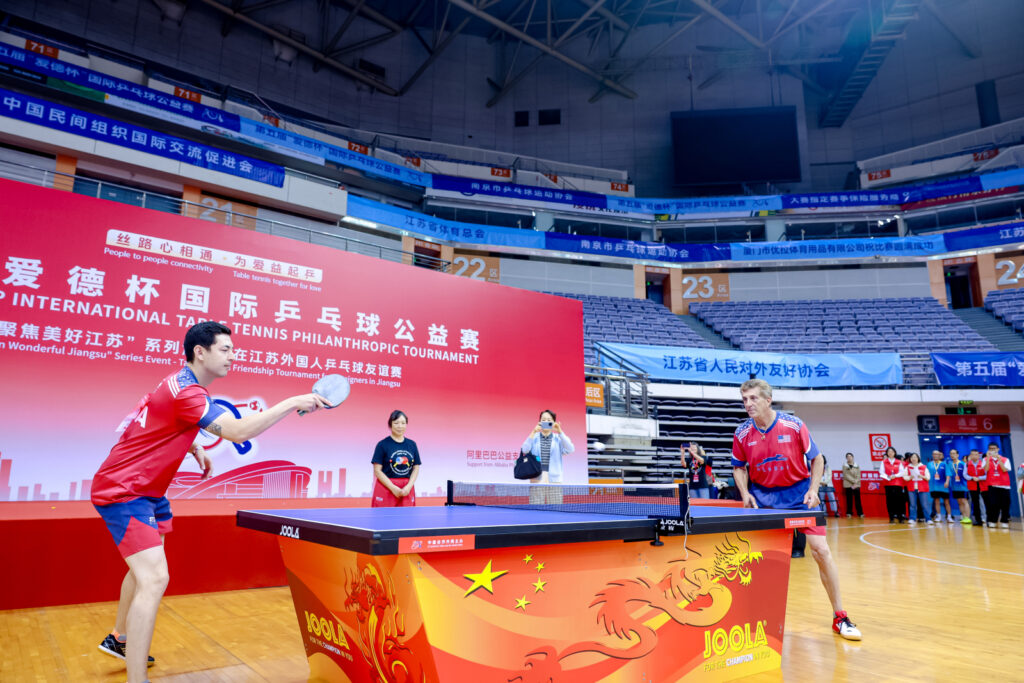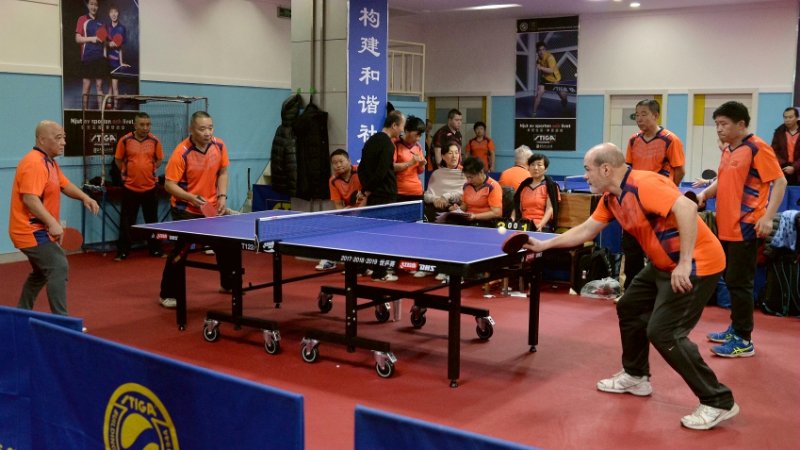Marketing Trends in China During a Pandemic Era
In China’s business world, one of the most important marketing trends in the last several years continues to be ‘personalization’. Think of target marketing taken to the level of the individual consumer.
A few examples of companies who are doing this successfully include Nike and Coca-Cola. NIKEiD is the name given to Nike’s product customization program, aimed at consumers who are buying Nike’s products online. Their technology enables customers to create their own gear by customizing color, design, and performance features. Coca-Cola, on its website, has added the feature of creating customized bottles, t-shirts, and other items. The customers can get a whole range of personalized items with extra spending of varying degrees.
A whole suite of technology is at work, allowing marketers to offer unprecedented customization. On the supply side, AI, robotics, 3-D printing and other emerging technologies are significantly reducing the costs associated with personalizing product design, manufacturing and consumer communications. On the consumer side, this hyper-personalized marketing approach relies on China’s internet penetration, more than 800 million people have internet access. 98 percent of these consumers own smart phones. China leads the world in e-commerce sales. By 2022, over 63% of the entire world’s e-commerce sales will come from China.


Social media is also a major factor, and, in China, WeChat is the leading social media platform. This app was originally simply a messaging app. However, its functionality has grown by leaps and bounds. Today, it is thought of as the ‘swiss army knife’ of mobile apps. WeChat draws from its users personal data. Its users rely on the app for a large amount of their daily functioning – everything they need is contained in a single app. To get maximum service out of their WeChat accounts, the Chinese provide a lot of their personal information and can opt to let the app access their name, location, spending habits and a great deal of other personal information.

Consider the times we are living in. The pandemic has changed the way many people in industrialized nations are shopping. A review of Amazon’s recent operations revenues tells the story well. North American sales were up 29% to $46.1 billion, while international sales grew 18% to $19.1 billion. These are record months for the ecommerce giant. It’s a far cry from where the traditional brick and mortar retailers are at the moment. Many of these businesses are considered non-essential, and therefore have been mandatorily closed since mid-March. The result, we know, is the global recession we are now in the midst of.
Otherwise, the outbreak of Covid-19 has accelerated Chinese marketing trends that were already developing quickly. These include:
- investments in e-commerce infrastructure
- gamification and live streaming of content via social media
- Tactical revisions in social media strategies including replacing ‘key opinion leaders’ (KOL’s) with ‘key opinion consumers’ (KOC’s). This shift emphasizes what actual consumers are doing versus what celebrities think/ say about a brand. KOCs have the advantage of appearing more trustworthy and relatable than KOLs, while requiring less spending from brands.
We are living in very uncertain times, and walking through uncharted territory in many ways these days. As always, Word4Asia will continue to keep our friends and colleagues abreast of the many ways that the landscape continues to change in China. We continue to believe that China is a land of business opportunities for many American organizations. Our in-depth experience in and knowledge about this fascinating nation makes Word4Asia a natural partner for many organizations. If your path is leading you east, we would love to talk with you about it. Feel free to contact Dr. Gene Wood at gene@word4asia.com.




